Part A Self Introduction

Part A_1 Self Introduction
Let’s introduce ourselves to each other.
My name is ________. What is your name?
Part A_2 Self Introduction
I am ________. Nice to meet you.


Part A_3 Self Introduction
Nice to meet you too, ________. What did you do last weekend?
Part A_2 Self Introduction
| Answer: |

Part B Phrase & Dialogue Practice

Part B_1 Phrase Practice
Let’s read the phrases below. Please repeat after me. I will check your pronunciation and intonation.
Part B_2 Phrase Practice
| 1. | ~ is cheaper than … | 2. | on the other hand | 3. | because … | 4. | in addition |


Part B_3 Phrase Practice
Now, let’s review your mispronounced words and expressions.
Part B_4 Phrase Practice


Part B_5 Phrase Practice
Now, we will read aloud the dialogue. Then, let’s switch roles.
(Please fill in the blanks using the phrases in part B_2.)
Part B_6 Phrase Practice
|
TUTOR:
|
How will we travel to see grandmother this summer, Dad? By plane or train? |
|
STUDENT:
|
Hm, a train ticket is cheaper ________ a plane ticket. ________, planes are faster. |
|
TUTOR:
|
I learned in school that planes cause a lot of air pollution. |
|
STUDENT:
|
________, you’re afraid of them, right? |


Part B_7 Phrase Practice
Now, let’s switch roles.
Part B_8 Phrase Practice
|
STUDENT:
|
How will we travel to see grandmother this summer, Dad? By plane or train? |
|
TUTOR:
|
Hm, a train ticket is cheaper ________ a plane ticket. ________, planes are faster. |
|
STUDENT:
|
I learned in school that planes cause a lot of air pollution. |
|
TUTOR:
|
________, you’re afraid of them, right? |


Part B_9 Phrase Practice
Now, let’s review your answers.
Part B_10 Phrase Practice

Part C Role play

Part C_1 Role play
Let’s do a roleplay with the situation below:
You and your classmates learned about problems with the environment in class yesterday.

Part C_2 Role play
Let’s discuss why each of the two problems is serious.
What do you think are the causes of global warming and marine pollution?
(If the student struggles with answering, please give him/her some ideas.)
Part C_3 Role play
Global warming

| Reasons |
① cutting down trees that decrease carbon dioxide ② ____________________ ② ____________________ |

Part C_4 Role play
Marine pollution
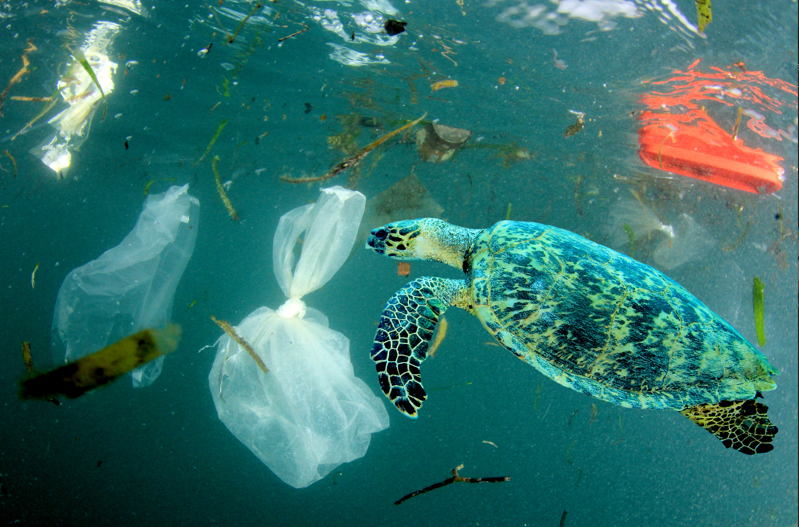
| Reasons |
① polluted water in humans’ daily lives ② ____________________ ② ____________________ |


Part C_5 Role play
Which do you think is more serious for you, global warming or marine pollution?
Part C_6 Role play
| Answer: |


Part C_7 Role play
Why do you think so?
Part C_8 Role play
| Answer: |


Part C_9 Role play
Now, let’s review your answers.
Part C_10 Role play

Part D Presentation

Part D_1 Presentation
You will make a presentation on how to solve environmental issues. But first, please answer the questions below.

Part D_2 Presentation
What can we do against global warming?

Part D_3 Presentation
② ____________________
② ____________________


Part D_4 Presentation
Which one do you think is the most effective way?
Part D_5 Presentation
| Answer: |


Part D_6 Presentation
Thank you for your wonderful answers. Let’s have the next environmental issue.

Part D_7 Presentation
What can we do against marine pollution?

Part D_8 Presentation
② ____________________
② ____________________


Part D_9 Presentation
Which one do you think is the most effective way?
Part D_10 Presentation
| Answer: |


Part D_11 Presentation
Now, you will make a presentation using your answers earlier about environmental issues. I will give you 1 minute to prepare. Then, read your presentation aloud.
 |
 |
Part D_12 Presentation
(Please start your presentation now.)
What We Can Do Against The Environmental Problems
| Opening | I believe there are actions we can take in our daily lives against global warming and marine pollution. I’ll tell you some of them. |
| Body |
Against global warming, ①____________________ ②____________________ Against marine pollution, ①____________________ ②____________________ Especially, I think ____________ is the most effective way. |
| Closing | Let’s start taking action today. Thank you for listening. |


Part D_13 Presentation
That was awesome! Now, let’s review your answers.
Part D_14 Presentation

Part E Picture description
Describe the picture in complete sentences.

Part E_1 Picture description
Look at the picture below. Please describe it in as much detail as you can. I will check if your sentences are complete and if your grammar is correct.
Part E_2 Picture description


Part E_3 Picture description



Part E_4 Picture description
You described the pictures wonderfully! Now, let’s review your answers.
(Please review your student’s answers by sending the correct answers in complete sentences. After that, ask your student to read aloud his or her corrected answers.)
Part E_5 Picture description

Part F Q&A

Part F_1 Q&A
Please answer the questions below. I will check if your sentences are complete and if your grammar is correct.

Part F_2 Q&A
| 1. | What are the things that you like to do in your free time? |
ヒント: 関係代名詞(that)/ relative pronoun
Part F_3 Q&A
| Answer: |


Part F_4 Q&A
| 2. | What is the name of the person who often studies with you? |
ヒント: 関係代名詞(who)/ relative pronoun
Part F_5 Q&A
| Answer: |


Part F_6 Q&A
| 3. | What makes you excited? |
ヒント: 使役動詞(make)/ causative verb
Part F_7 Q&A
| Answer: |


Part F_8 Q&A
| 4. | Do your parents let you go out at night? |
ヒント: 使役動詞(let)/ causative verb
Part F_9 Q&A
| Answer: |


Part F_10 Q&A
Now, let’s review your answers.
Part F_11 Q&A

Part G Free talk

Part G_1 Free talk
Let’s do a free talk about the following topics.


Part G_2 Free talk
| 1. | How do you save electricity in the summer? What about in the winter? |
Part G_3 Free talk
| Answer: |


Part G_4 Free talk
| 2. | Do you try to separate and throw away your waste so that it can be recycled? Why or why not? |
Part G_5 Free talk
| Answer: |





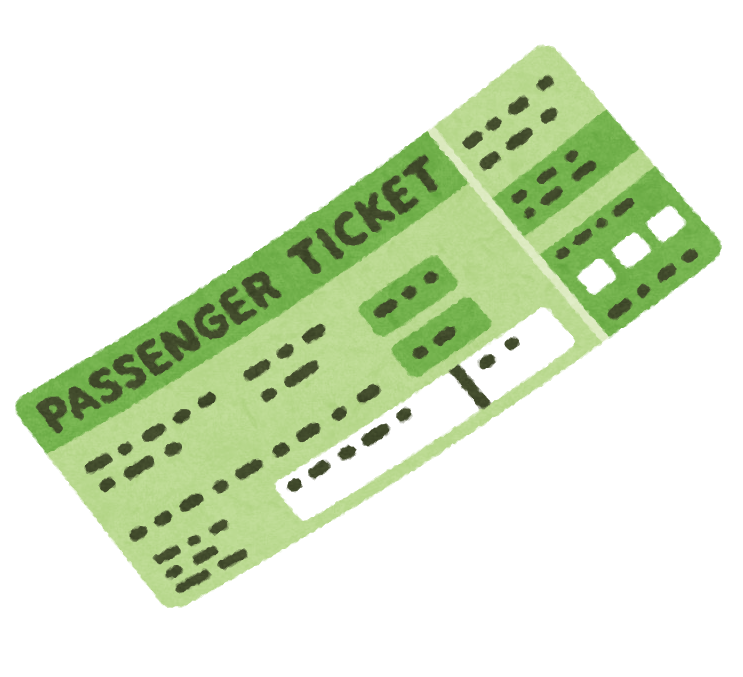
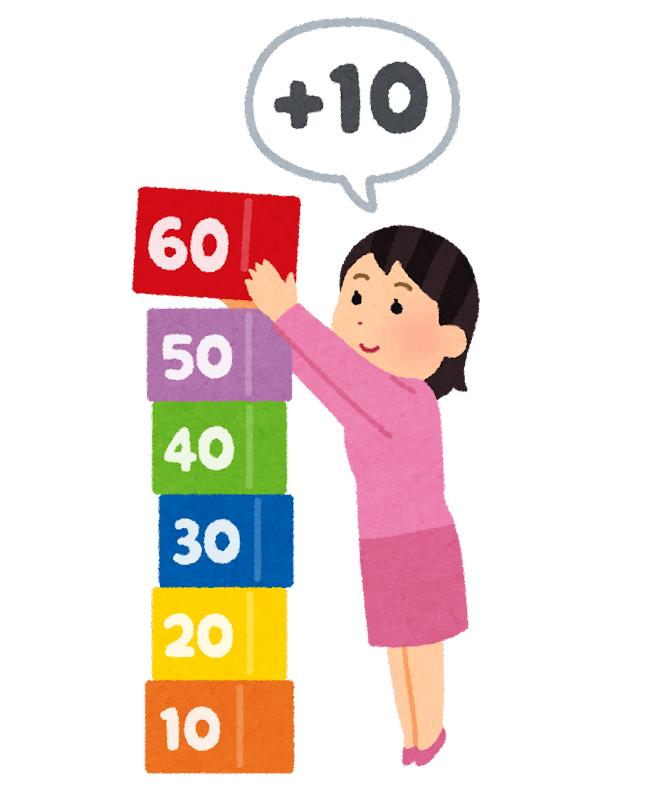





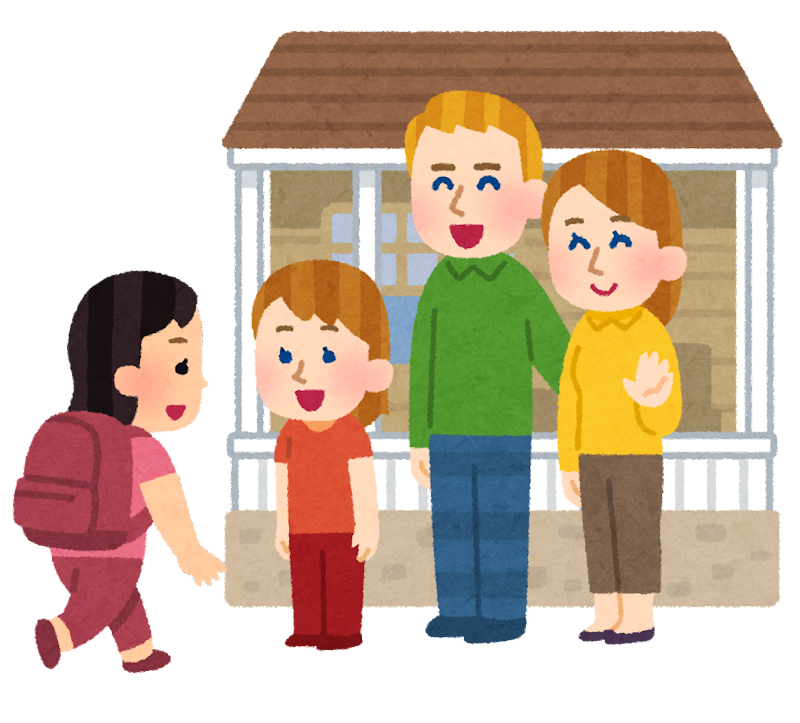

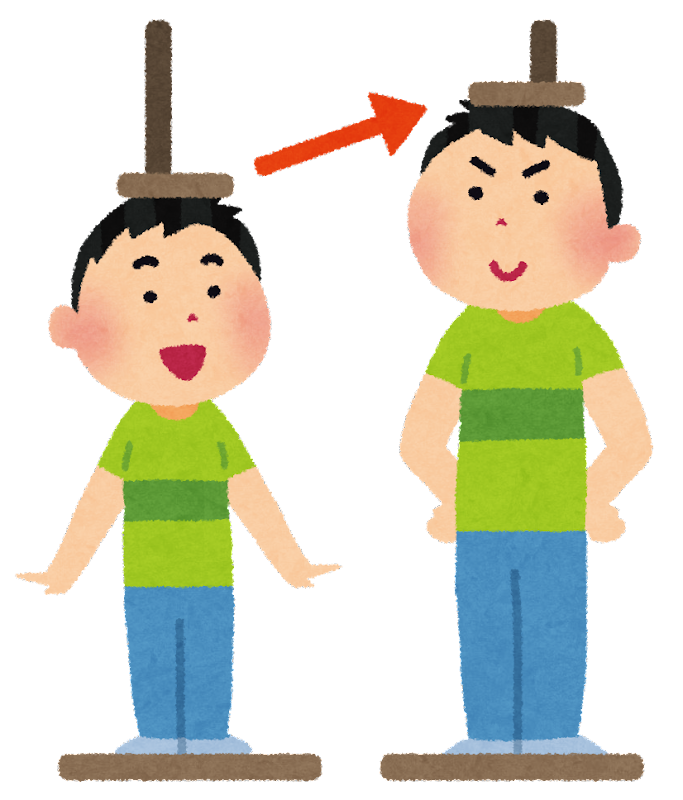
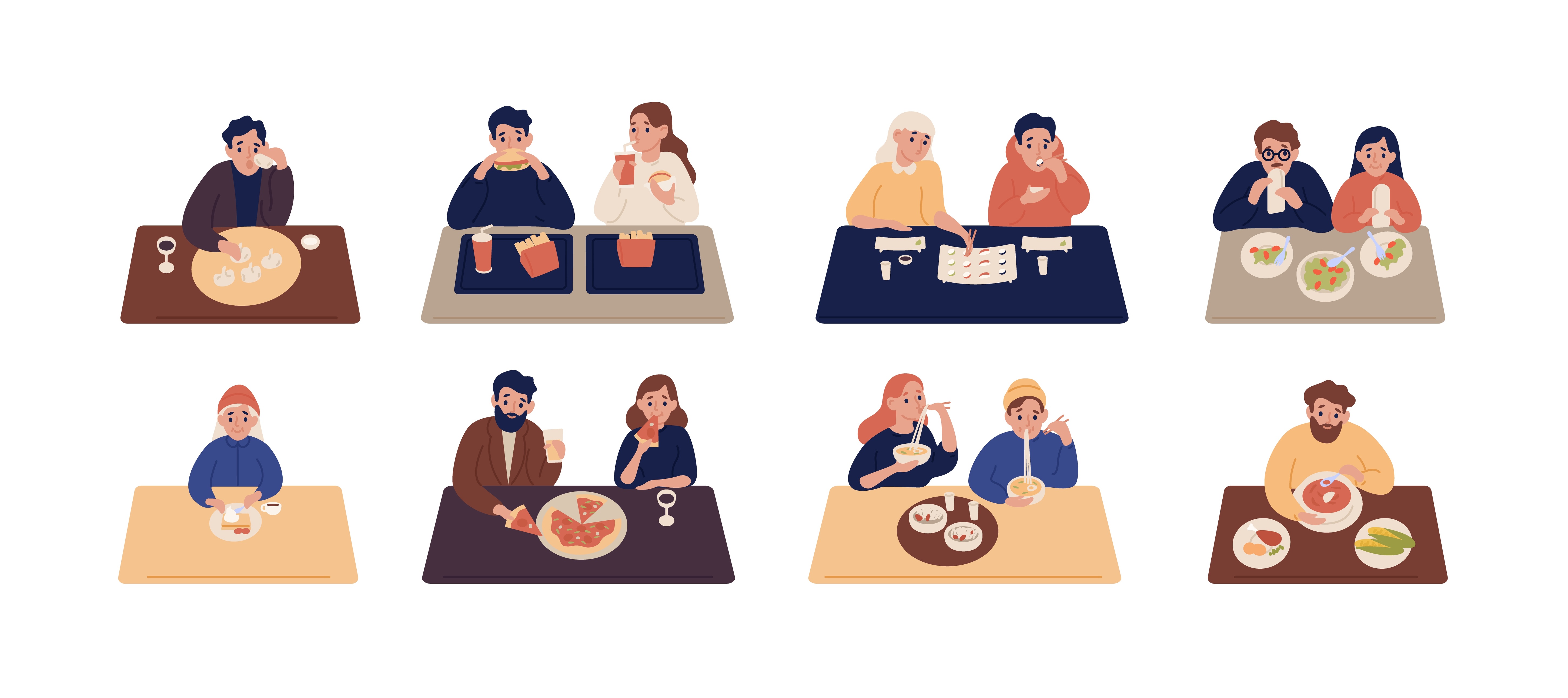

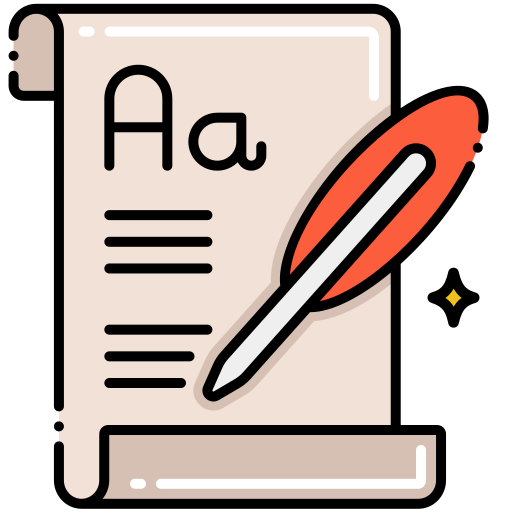

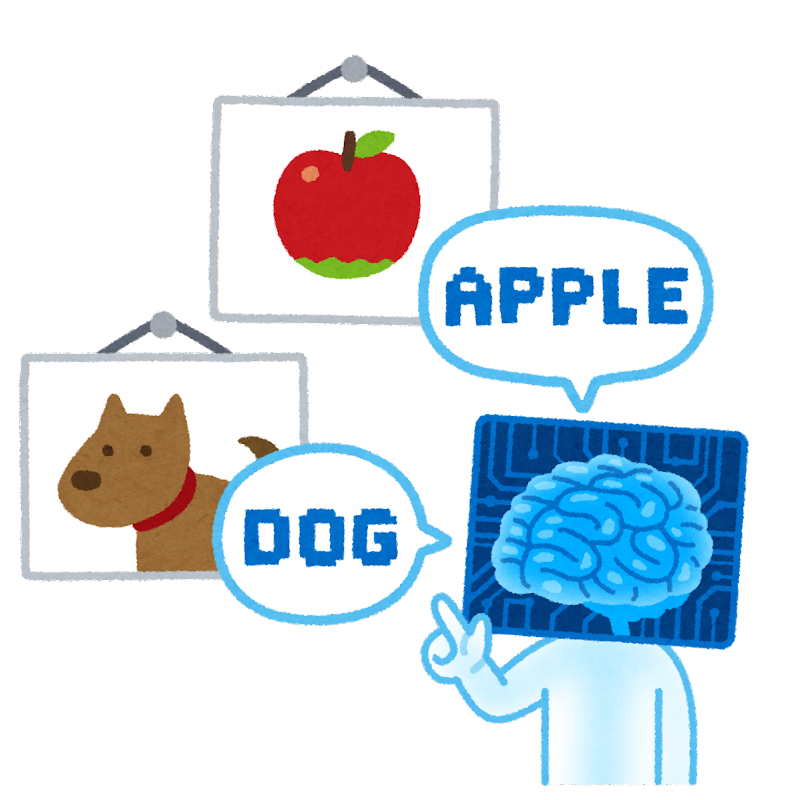











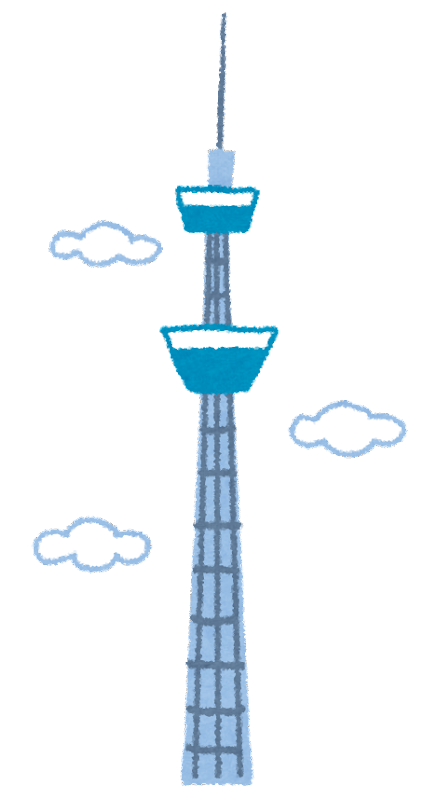





 GOOD
GOOD 






